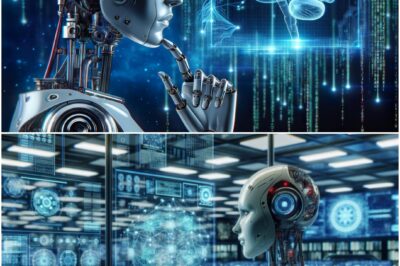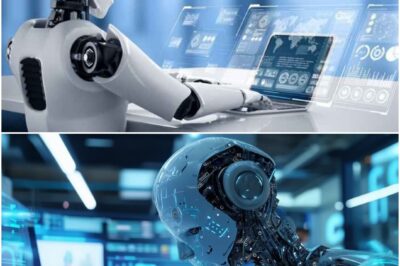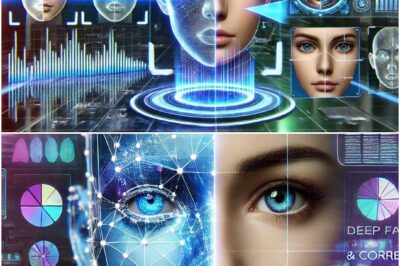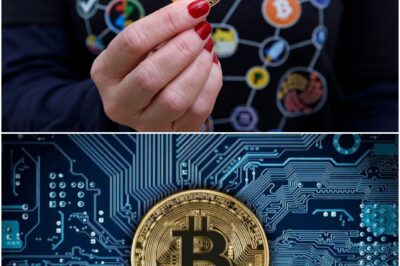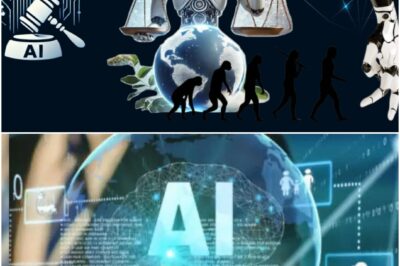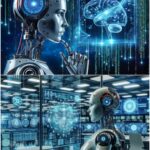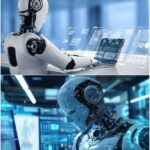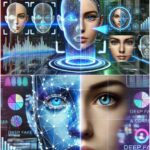In 2025, creativity is no longer an exclusive human domain. The rise of Generative AI—systems that can write, paint, compose, and even code—has redefined what it means to “create.”
Unlike traditional AI that recognizes patterns, generative models imagine new ones. Trained on billions of data points, they synthesize art, text, and sound in ways that feel almost… conscious.
The line between tool and collaborator is dissolving. Artists now “co-create” with algorithms. Filmmakers generate scenes on demand. Musicians jam with neural networks that learn their style.
This is not a replacement of human art, but an expansion of it—a new canvas painted jointly by neurons and silicon.
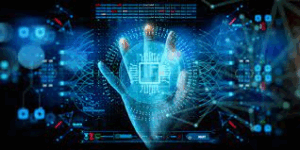
But as AI creativity grows, so do the moral and legal tensions. Who owns AI-made content? If an AI model learns from Van Gogh’s work, is the result derivative or transformative?
Regulators scramble to catch up. The EU AI Act aims to enforce transparency in data usage, while US courts debate authorship rights in machine-generated art.
Yet, beyond law, something deeper is shifting. Humanity’s creative identity is evolving. In the age of AI, the artist is no longer the one who holds the brush—but the one who asks better questions.
The next Picasso may not paint at all. They might prompt.
News
The Ghost in the Machine: When Artificial Intelligence Starts Asking Who It Is
There’s a strange hum in the background of modern civilization. It’s the sound of millions of processors thinking — not…
Robotics Gets Emotional: The Quest to Build Machines That Feel
Robots can walk, talk, and even dance — but can they care?The next frontier of robotics isn’t physical dexterity; it’s…
The Age of Synthetic Life: Programming Biology Like Code
For billions of years, evolution shaped life through randomness. Now, humans are editing nature with precision. Synthetic biology is the…
Deepfake Nation: When Reality Itself Becomes Editable
In 2025, truth no longer needs to be destroyed — it just needs to be remixed.Deepfakes have evolved far beyond…
The Blockchain Beyond Crypto: The Quiet Revolution You Missed
Crypto made headlines — but blockchain’s real revolution was never the coins. It’s the infrastructure beneath them. Think of blockchain…
The AI Arms Race in Education: Learning Without Teachers?
In classrooms from California to Seoul, students are learning from something that isn’t human. AI tutors are grading essays, generating…
End of content
No more pages to load

